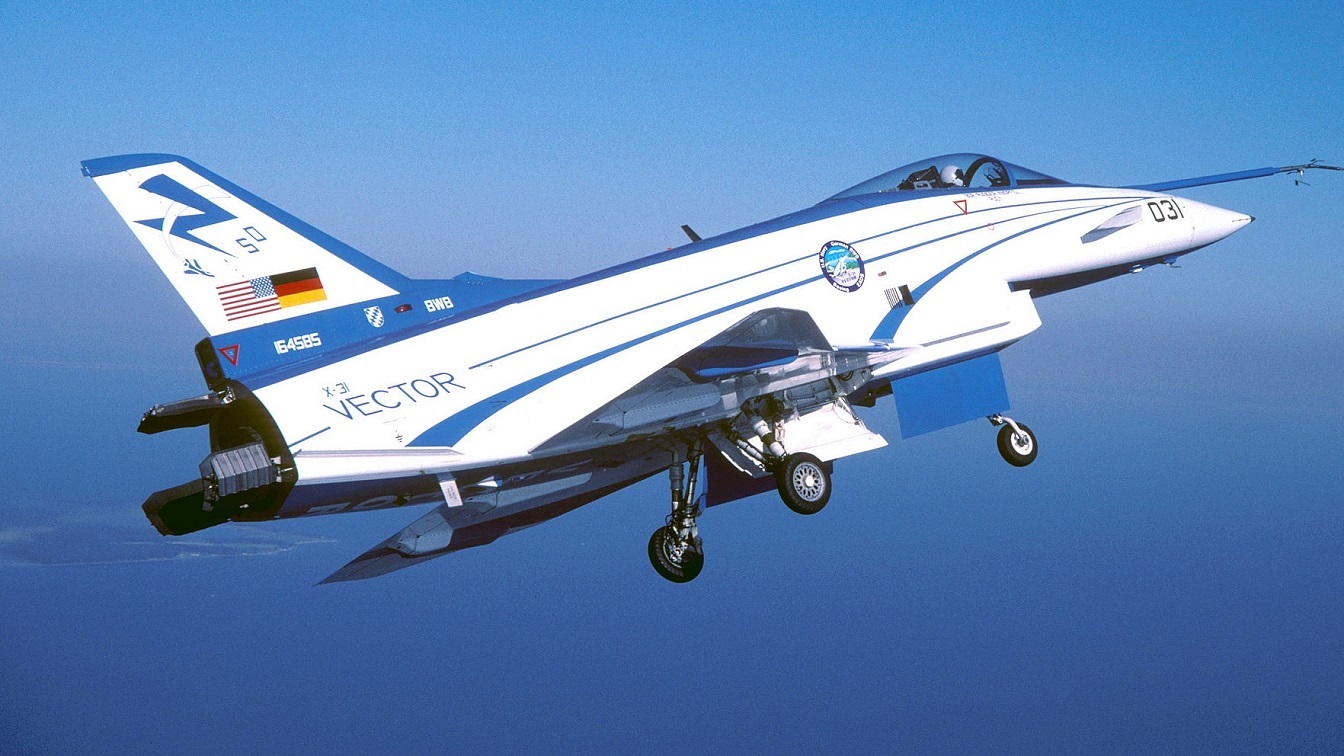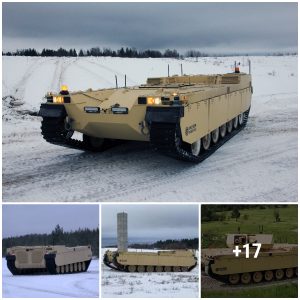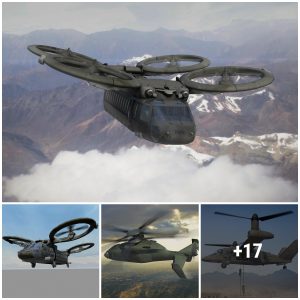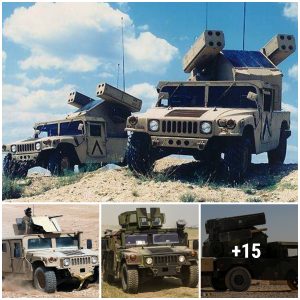
The Rockwell-Messerschmitt-Bölkow-Blohm X-31, a lesser-known experimental jet fighter from the post-Cold War era, has found a new home at Munich’s Deutsches Museum. Initially designed to test fighter thrust vectoring technology, this aircraft has largely faded into obscurity over the years.
Two X-31 Enhanced Fighter Maneuverability demonstrators were designed and built by the Boeing heritage company Rockwell International and the German manufacturer Messerschmitt-Bölkow-Blohm. They were subsequently test-flown during the early 1990s at NASA’s Dryden Flight Research Center in Edwards, California, to gather data on control in the post-stall flight regime. The X-31 program aimed to showcase the benefits of thrust vectoring, which involves directing engine exhaust flow, coupled with advanced flight control systems to enable controlled flight at very high angles of attack.

The single-seat X-31 was also noteworthy for its participation in two major multinational flight test programs. The two prototypes were created using many off-the-shelf components borrowed from designs such as the F-16, F-16XL, F/A-18 Hornet, and the B-1 bomber. This approach helped keep development costs down and resulted in a shorter construction time.
The X-31 program successfully demonstrated the advantages of thrust vectoring coupled with advanced flight control systems, providing controlled flight at very high angles of attack. This capability gave it a significant edge over conventional fighters in close-combat situations, commonly known as dogfighting.
Enhanced Fighter Maneuverability (EFM) Program:
The Enhanced Fighter Maneuverability (EFM) program, initiated in 1990, involved a collaboration between Boeing, the Defense Advanced Research Projects Agency (DARPA), the U.S. Navy, NASA, Germany’s defense procurement agency (BWB), and the European Aeronautic Defense and Space Co. (EADS).
During the 581 test flights conducted as part of the EFM program, the X-31 pushed the boundaries of conventional aircraft by demonstrating controlled flight at a 70-degree angle of attack (AOA), a controlled roll at around 70 degrees AOA, and a rapid minimum radius 180-degree turn using a post-stall maneuver, known as the “Herbst Maneuver” after Wolfgang Herbst, a German advocate of post-stall flight in air-to-air combat. Achieving post-stall flight, where the aircraft operates at angles of attack greater than the maximum, was made possible in the X-31 by combining thrust vectoring with advanced digital flight controls.

Crash and Burn:
Despite its early success, tragedy struck on January 19, 1995, near the end of a 43-minute mission. Ice formation in one of the X-31’s pitot tubes led to incorrect data being sent to the flight control computers, causing the aircraft to oscillate uncontrollably and pitch. Fortunately, the pilot ejected safely, but the X-31 aircraft crashed near the northern edge of Edwards Air Force Base, California.
The remaining X-31 prototype aircraft continued to make 21 demonstration flights, including an appearance at the 1995 Paris Air Show. Following the conclusion of the EFM program in June 1995, the X-31 was transferred to the U.S. Navy Test Pilot School at the Patuxent River Naval Air Station in Maryland.
Vectoring ESTOL (Extremely Short Takeoff and Landing) Control and Tailless Operational Research (VECTOR) Program:
In January 2000, the Vectoring ESTOL (Extremely Short Takeoff and Landing) Control and Tailless Operational Research (VECTOR) program commenced. Partners in this endeavor included Boeing’s research and development organization, Phantom Works, the U.S. Navy, BWB, and EADS. During the same year, the X-31 successfully demonstrated landing speeds of only 124 knots (142 mph, 229 kph) at 24 degrees AOA, compared to the normal landing speeds of 175 knots (201 mph, 324 kph) at 12 degrees AOA. It also managed to land in about 1,700 feet (518 meters), a significant reduction from the more typical 8,000 feet (2,438 meters).
Final Flight and Recognition:
In its final flight on April 29, 2003, the X-31 performed a series of fully automated ESTOL landings on an actual runway. It approached at a high 24-degree AOA, twice the normal 12-degree AOA, at only 121 knots (34 mph, 55 kph), more than 30 percent slower than the normal 175-knot (201-mph, 324-kph) landing speed. The program concluded in May 2003, and later that year, Boeing and the X-31 team, both past and present, received the von Karman award from the International Council of the Aeronautical Sciences. This recognition underscored the significant contributions and achievements made by the X-31 program in advancing the field of fighter aircraft maneuverability and control.





